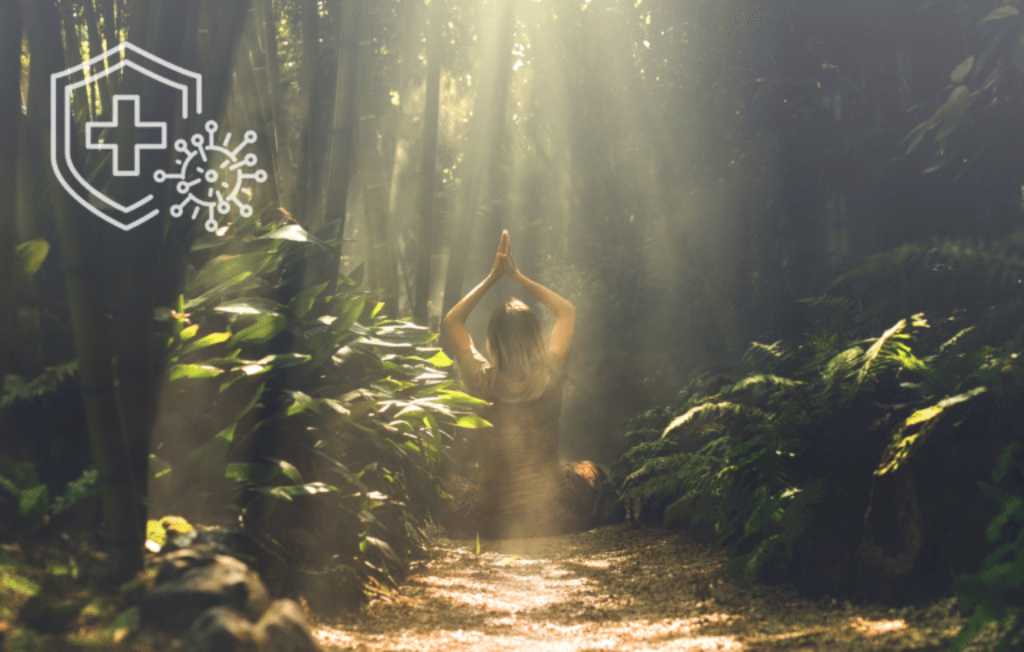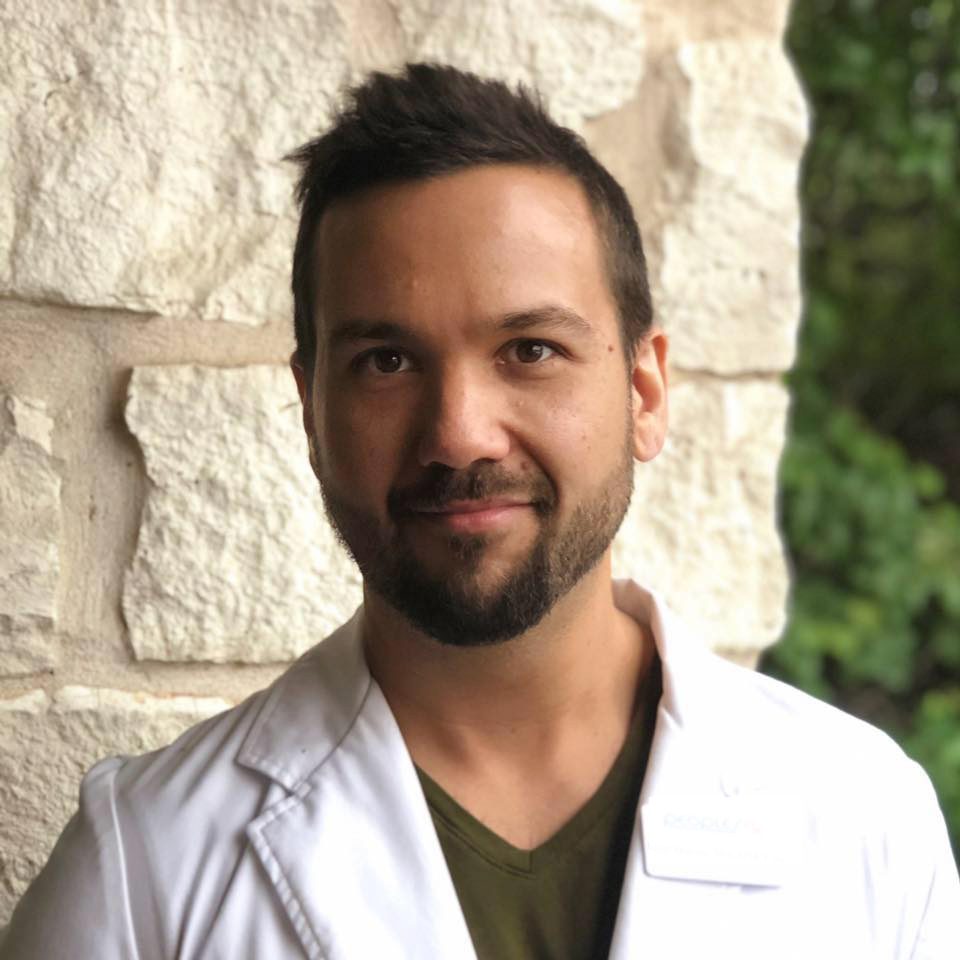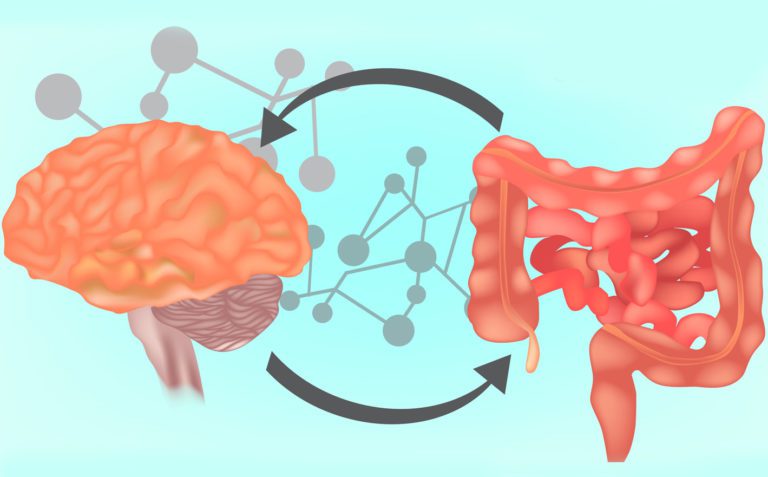Winter is coming, and given the situation the world has found itself in this year, it’s more critical than ever to support our immune systems from every possible angle.
We’re seasonal creatures. Our biology is designed to harmonize with the earth’s natural vicissitudes, and research has proven that over 5,000 human genes are known to vary in their activation according to the seasons, many of which are tied to immune function and inflammation.
For example, a circadian clock gene called ARNTL is known to reduce inflammation when switched on, and is unfortunately far less active during winter months. Interestingly, endocrine disruptors like BPA can also reduce the expression of this gene, driving up inflammation and sabotaging immunity.
Inflammation is something we especially want to keep in check in order to protect ourselves against viruses. As I’ve discussed in a previous article on how stress drives inflammation, inflammatory cytokines like NF-kB are used by viruses to enhance their replication.
Increasingly, science is confirming how ancient practices are essential for immune health. Traditional people have intuitively known that these practices were essential to stay in balance, but now modern, hyper-rational minds can be satisfied that there’s ample evidence that such simple practices really can help prevent us from getting sick.
#1: Forest Bathing
Also called shinrin-yoku in Japanese, the practice of forest bathing—or simply walking through the forest for prolonged periods—has gained notoriety as several studies have demonstrated its ability to enhance the activity of the immune system.
In a study on forest bathing, the authors took twelve healthy male volunteers and measured changes in immune markers before and after walking through the forest. The study took three days, and they only walked through the forest a total of three times, each for a duration of two hours.
Amazingly, the researchers found that the participants’ natural killer (NK) cells increased substantially after only a few hours among the trees.
Unlike other categories of pathogens like bacteria and fungi, viruses must hijack our cellular machinery in order to replicate. NK cells are extremely important to counteract this viral hijacking, as they patrol our bodies in search of cells that have been taken over by viruses and then destroy them.
They’re called “natural killers” because they’re able to work autonomously, much like a secret agent who has a license to kill anyone in the way of completing the mission.
In addition to providing this direct killing action, NK cells are crucial for immune surveillance and intelligence collection. After they break down foreign microorganisms, they present them to the rest of the immune system to effectively warn it of an intruder and show it what to look for.
The immune system also uses special proteins and enzymes as weapons against invaders. In addition to the increase in NK cells, the researchers found some of these key compounds to be elevated after forest bathing, including granulysin, perforin, granzyme A, and granzyme B.
If you’d like to learn more about this and other studies on the immune-boosting effects of forest bathing, you can check out this video:
#2: Nasal Breathing and Humming
Nitric oxide is commonly known as a powerful vasodilator that can open up the circulation, protect the heart, and enhance athletic performance by delivering more oxygen to the cells, but more recently it’s gotten on the map as a critical part of the immune response as it also destroys bacteria, fungi, and viruses.
In fact, there are presently 13 clinical trials listed on clinicaltrials.gov studying the use of inhaled nitric oxide against coronavirus. One company is even developing a liquid nitric oxide solution for use as a nasal spray, something that could easily be employed by hospital personnel to protect themselves against infection.
There’s another way to get more nitric oxide, though: simply breathing through your nose instead of your mouth.
Researchers in the 1990s measured the amounts of nitric oxide in the breath and determined that the vast majority originated in the upper respiratory tract, with only a tiny percent coming from the lungs.
The paranasal sinuses synthesize the majority of the nitric oxide in our airways, which is why breathing through the nose instead of the mouth increases nitric oxide production dramatically. This explains why people with chronic nasal congestion and nasal polyps are known to have decreased nitric oxide synthesis.
Nasal breathing is an extremely effective, easy way to increase your nitric oxide production and therefore pathogen-killing abilities, but if you’d like to take it to the next level, humming is by far the most powerful technique.
Closed-mouth humming has been shown experimentally to generate about 10-15 times more nitric oxide than nasal breathing alone. In one study, three different frequencies were compared: 130 Hz, 150 Hz, and 450 Hz.
Of the three tones, 130 Hz was found to be the most effective at generating nitric oxide. Interestingly, this is fairly close to the Om sound:
If you’d like to learn more about generating nitric oxide with humming, Dr. Van Dyken has an excellent video going into more detail, including specific daily recommendations.
#3: Earthing
Also known as grounding (or more technically as Electron Transfer Technology), the ancient practice of earthing has recently gained attention for its wide range of dramatic physiological effects.
Simply put, earthing encompasses any practice that creates an electrical connection between the body and the earth. This can be done directly by standing on the earth with bare feet, or indirectly with the use of earthing sheets and other tools.
For more than 99% of our history, humans have lived in direct electrical connection with the earth, allowing its surplus of free electrons to flow unimpeded into our bodies, quenching free radicals and effortlessly reducing inflammation.
We’ve only had footwear that insulates us from the planet for a very short amount of time, and it’s done us a massive disservice.
Most of our ancestors were either barefoot all the time or—more recently in history—wore shoes that still permitted the passage of electrons such as leather moccasins (interestingly, in many Native American cultures, it’s commonly thought that wearing shoes can make you sick).
Earthing is ancient, but most of the science on it has all come out in the last decade, mostly thanks to earthing pioneer Clint Ober, a man whose time working with electrical grounding in the cable industry lead him to contemplate whether humans also required grounding in order to function properly.
Currently, over 20 peer-reviewed scientific studies have been performed on earthing, many of which have demonstrated powerful effects on human physiology. Some of the documented effects of earthing include:
- Reduced pain and inflammation
- Increased blood flow
- Reduction of blood pressure
- Modulation of cortisol
- Improved sleep
- Diminished muscle damage
- Reduced anxiety and stress
- Elevated mood
- Enhanced athletic performance
- Accelerated wound healing
Earthing’s effects are nothing short of profound. This photo says it all:

(image courtesy of ultimatelongevity.com)
Although there has yet to be any research directly demonstrating earthing’s ability to enhance immune function, multiple studies have confirmed that it reduces stress and inflammation, and both chronic stress and chronic inflammation are known to increase susceptibility to infection. It can also improve sleep, which is deeply connected to immune function.
Some studies have shown subtle changes in immune behavior. For example, one study showed that earthing can enhance vaccine response, while another demonstrated a slight decrease in total white blood cells, interpreted by the researchers as an indication of its anti-inflammatory benefits.
A full-length documentary on earthing can also be viewed for free on YouTube.
#4: Yoga
Countless studies have demonstrated yoga’s ability to not only enhance immune function, but also to decrease stress and improve mood, quality of life, and sleep.
In one study on children and adolescents, yoga was able to both increase CD4 cells (a crucial measure of immune function).
A particularly fascinating study demonstrated that yoga can reduce stress-induced immunosuppression. Students undergoing intense examinations at the end of their first year of medical school did either 35 minutes of daily yoga for 12 weeks or nothing.
During the examination, the students who did not do yoga had significantly higher cortisol and lower interferon-gamma, a crucial Th1 cytokine that helps the immune system fight various pathogens, dampens excessive tissue destruction and can reduce runaway inflammation.
If you’d like to learn more about the countless studies that have been done proving that yoga enhances immunity, you may want to look at the work of Dr. Sat Bir Singh Khalsa, a PhD neuroscientist and professor of medicine at Harvard Medical School. Unlike your average Harvard professor, Dr. Khalsa is also a longtime yogi and practitioner of kundalini yoga, so he is profoundly familiar with the topic he’s studying.
Dr. Khalsa is an expert in psychoneuroimmunology, which is a fancy scholastic term for the study of the relationships between the mind, brain, and immune system. An emerging field with huge contributions to mind-body medicine, psychoneuroimmunology is an exciting new foray into these deep connections between our thoughts, behaviors, stressors, and immunity.
Here’s an extremely thorough presentation by Dr. Khalsa on the research exploring yoga’s immune effects:
Elegant Solutions for Tumultuous Times
The beautiful thing about all these techniques is that they’re simple, natural, and cost nothing (with the exception of maybe paying for a yoga class, but don’t forget there are plenty you can watch for free).
Diet and supplements are critical for immune function, as is healthy living in general. Eat lots of fruits and vegetables, take your zinc, C, and andrographis, and avoid excess alcohol consumption and processed foods, but also don’t forget to get outside, breathe deeply, move your body, stretch, and silently connect with yourself.
2020 will be the year that–for so many of us–self-care ceased to be optional.
For those of us who are ready to take our health to the next level, this little push is exactly what the doctor ordered. I hope that, if you’re reading these words, you’re one of the folks prepared to alchemize the chaos and turmoil of this transitional year into major positive changes in your personal evolution and wellness.
The body, mind, and spirit are deeply interconnected, and now we have countless scientific reasons to upgrade our mental and emotional health regimens so as to enhance the immune system and protect ourselves from the myriad challenges of the time.
Biological viruses like the coronavirus aren’t the only thing we need to develop our immunity against, however. With the massive number of disinformation campaigns and the ubiquity of social media addiction, psychic viruses proliferate like never before, and it’s thus more important than ever to support our mental immunity just as we support the physical. The two go hand-in-hand.
Everything is connected. Ancient people, still living in harmony with the earth, grokked this in a deep, intuitive way that’s challenging for us modern humans who dwell mostly in the synthetic world of the fabricated and contrived. Now, after so many years of isolating systems from each other and mistaking the forest for the trees, science is coming full circle and catching up to this universal truth of interconnectedness.







